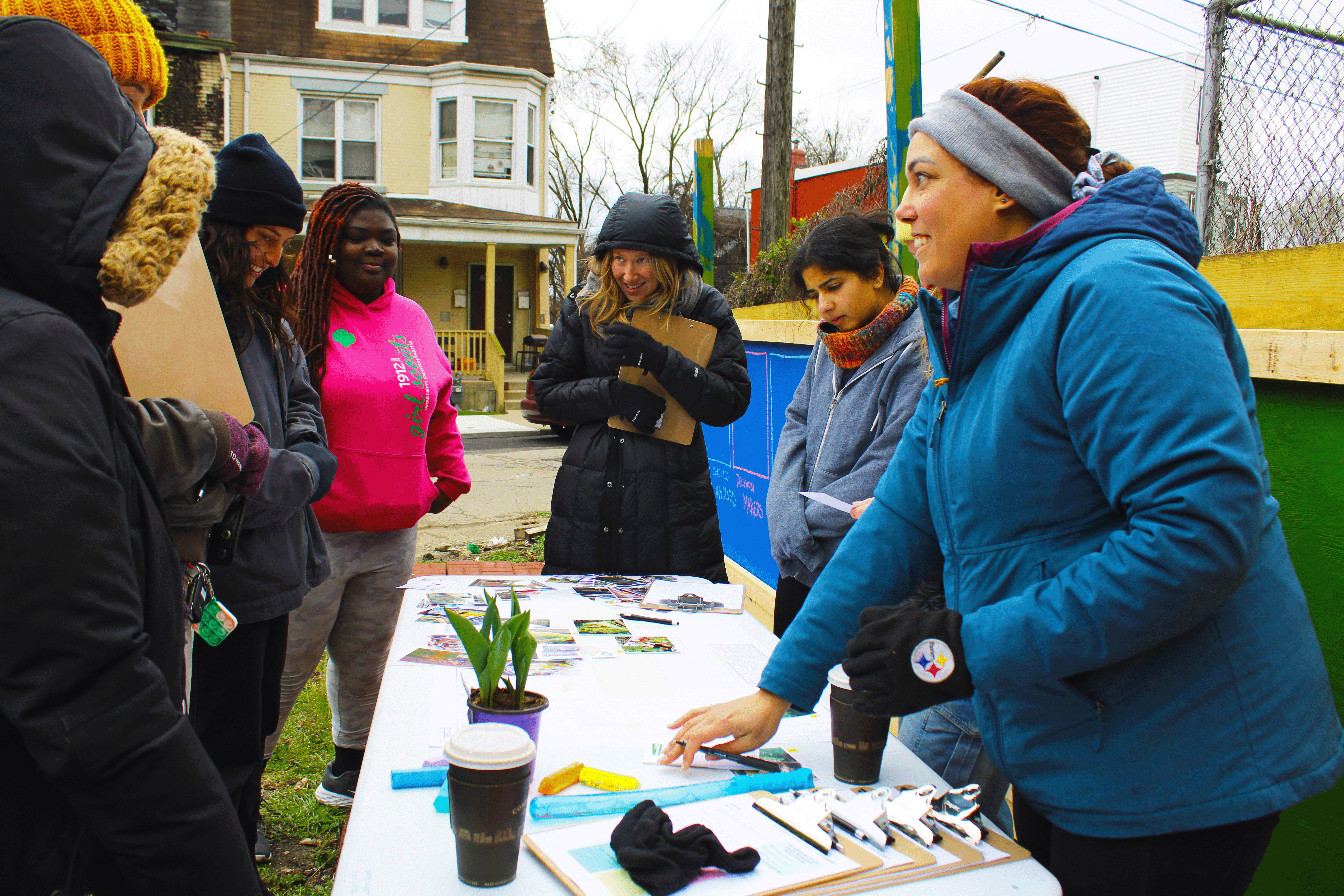There’s a buzz about Pittsburgh. We’ve all heard it. Accolade after Most Livable accolade, people are starting to notice and talk about the great things happening in our city. Here is a great article from our friends at Next Pittsburgh that highlights some special projects, initiatives, organizations, residents and neighborhoods!
4 REASONS WHY PITTSBURGH IS BECOMING A BUZZ CITY
By: Lauri Grotstein, Next Pittsburgh, November 11, 2014
Buzz is defined as, “an atmosphere of excitement and activity.” Buzz is “a feeling of euphoria.” Buzz is an “interest in someone or something, as reflected in or generated by media coverage or word of mouth.”
Buzz is…the new Pittsburgh?
“A lot of what drives a Buzz City is a growth—and interest by people from the outside who begin to pay attention to it—but at the same time, it is what’s happening within the city organically that drives people to start to look at it,” says Mayor Bill Peduto.
The term Buzz City was coined by former mayor Tom Murphy, who has in the past five months spoken in 27 cities about Pittsburgh and urban revitalization. Murphy says there are four types of cities: World Cities (international), Buzz Cities (thriving and attractive to young people), Resilient Cities (surviving but not growing significantly), and Legacy Cities (struggling and risk averse).
Make room, Portland, Austin, and Denver, because Pittsburgh is ready to join the ranks of the Buzz City.
“In Pittsburgh’s case, you could arguably say it’s been 30 years of process that has now has us poised to be that next Buzz City,” says Peduto.
When Pittsburgh died in 1979, “we doubled down on Arts and Culture and created new industries,” he says. The med/ed economy was a different model than what the city had seen before.
“We just did what Pittsburghers do: we dusted ourselves off, we worked hard, and we re-identified ourselves. And that is what has created the buzz,” says Peduto.

Mt. Washington Lookout. Photo By: Tracy Certo
The past 15 years brought in a second phase of reinvention when “pioneer advocates were trying to create an atmosphere that was inclusive of younger people,” says City Councilwoman Deb Gross. Think the Sprout Fund, Bike Pittsburgh, Attack Theatre— organizations that started on small budgets and made big impacts—and are now the models for change. These innovators created an “openness, availability, and inquisitiveness for every next generation,” she says.
“This is definitely a space that the millennials have broken wide open,” says Gross. “We have really activated grassroots networks,” she says, “who are pushing the limits and trying new things. There’s so much action.”
Pittsburghers are turning brownfields into sunflower fields, planting native orchards in abandoned playgrounds, and harvesting wild edibles to sell to our nationally recognized restaurants. We’ve transformed vacant lots into social clubs and organized festivals that blend tech and music. We’ve got start-up accelerators, river keepers, and nomadic indie craft marketplaces. There’s small-batch distilleries and community meetings in people’s living rooms.
“One of the great things about Pittsburgh as a Rust Belt city, and I say that with love not disparagement,” says Pat Clark, managing partner at Jackson/Clark Partners, “is that if you want to, you can step up and get something done and make a real difference.”
And our new administration embraces this energy.
“I think our role, the way we’re looking at city government, is different. We’re not looking to create initiatives, but more so to enable those who were doing it,” says Peduto.
Gross agrees. “We’re happy to make phone calls open doors, more than happy to connect people to the other people. There’s a revolution going on out there.”
Here are a few of the buzz-worthy ideas in part one of a two-part series. Read more…

